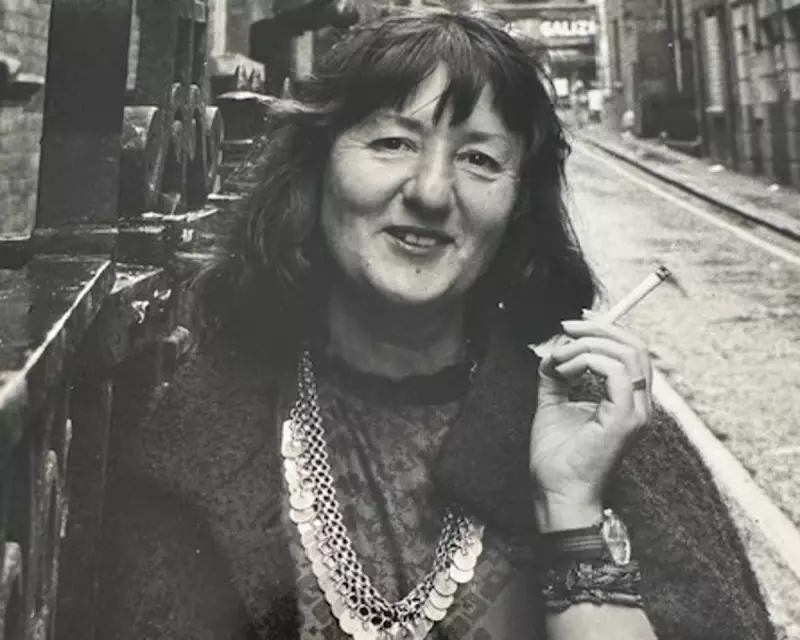
The world of botanical art has lost one of its most luminous talents with the passing of Jenny Stein at 88. Stein, whose career spanned over six decades, redefined scientific illustration through her breathtakingly detailed and emotionally resonant depictions of plant life.
A Visionary Approach to Nature's Intricacies
Stein pioneered what became known as "the x-ray technique," employing medical imaging technology to reveal the hidden architecture of plants. This innovative method allowed her to capture the delicate internal structures of specimens with unprecedented clarity, bridging the gap between scientific accuracy and artistic beauty.
From Humble Beginnings to International Acclaim
Born in 1936, Stein's fascination with the natural world began during childhood walks through the English countryside. Her formal training at the Royal College of Art laid the foundation for a career that would see her work displayed in prestigious institutions worldwide, including the Victoria and Albert Museum and the Royal Botanic Gardens, Kew.
Revolutionising Scientific Illustration
Stein's most significant contribution was her ability to make scientific subjects accessible and compelling to general audiences. Her illustrations weren't merely technical drawings; they were vibrant portraits that captured the essence of each plant's character and ecological significance.
Key achievements include:
- Pioneering use of x-ray technology in botanical art
- Over 20 solo exhibitions across three continents
- Mentoring generations of emerging botanical artists
- Collaborations with leading scientific institutions
- Publication of seven influential books on plant illustration
A Lasting Legacy in Art and Conservation
Beyond her artistic accomplishments, Stein was a passionate advocate for plant conservation. Her work played a crucial role in raising awareness about endangered species and the importance of biodiversity. Many of her illustrations became central to conservation campaigns, using beauty as a tool for environmental protection.
Stein's influence extends far beyond the galleries and institutions that displayed her work. She inspired countless artists and scientists to see the natural world with fresh eyes, proving that scientific rigor and artistic expression could enhance rather than contradict each other.
Her passing leaves a significant void in the world of botanical art, but her legacy continues to grow through the artists she inspired and the ongoing relevance of her groundbreaking approach to nature illustration.





